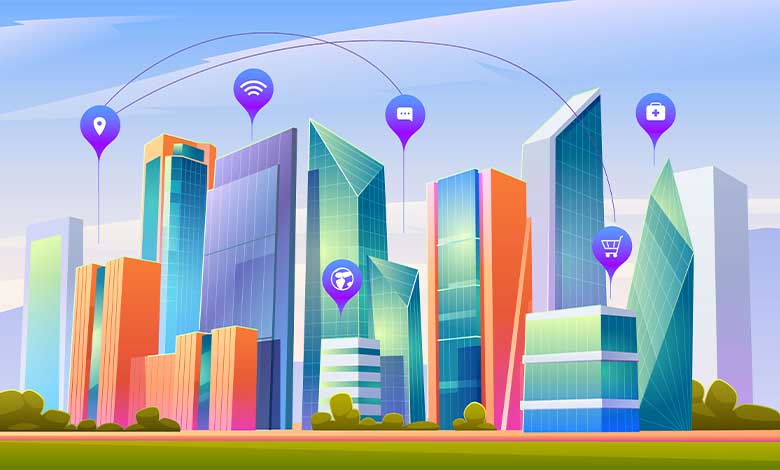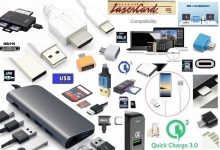
Digital refers to the technology that connects people and mechanisms with each other or with information. Since the 20th century, digital is a term that has been used to refer to the transformation of cities through digital technologies (communication and information networks). Digital refers to the digital society and its social impact; therefore, it is for people to be more connected by integrating wired and networked infrastructures to support communication, information, and urban development. Usage of the term ‘digital city’ does not always refer to an actual city, but to online and virtual representations of a city, which is used as platform to visualise a city.
The term ‘smart’ is used in connection with cities. From the 21st century, the term has been introduced to describe cities that enhance their efficiency by using networked infrastructures for cultural, social, and urban development. These infrastructures include energy, housing, transport, and multiple private and public services. The aim is to track changing phenomena in a city and respond to it by integrating devices and networks with big data into urban developments. An example is by tracking the movement of traffic.
The terms to describe a digital, smart city are much wider. A set of definitions have emerged over time with similarities or discrepancies between these terms. Some of these definitions are to be a wired, informational, intelligent, virtual, digital, smart, sentient, network, or green (eco) city; still more terms are cybercity, e-city, telecity, U-city (ubiquitous city), city of bits, smart urbanism, and green urbanism (sustainable urbanism). I will describe some of these definitions.
A city of bits is not a city of a definite location on the earth, but is a city that is created by connectivity and bandwidth restrictions. This city is occupied not by bodily subjects, but is fragmented collections of aliases. It is through virtual construction of software that a city of bits exists and not through the construction of physical buildings. These will be connected with links and extensions and not by doors and passages.
A digital city is to build a showground of communal interests in which people in regional communities can relate to each other and share their experiences and knowledge. A digital city amalgamates urban information and creates public spaces on the internet for people to visit or ‘live in’.
The informational city is so termed, because it represents a new type of cultural and social information.
The intelligent city is a city that is wholly equipped with internet technology networks for a competitive advantage.
A network city is a global city with a high level of internet usage to obtain information and knowledge’; in order to sideline the high cost of transport.
The smart city consists of the following: industry and business, governance and urban services, neighbourhoods, housing and people, education, buildings, lifestyle, transport and the environment, and of course IT devices. Most smart initiatives are instigated by corporations or urban governments and not by actual people who live and work in the cities.
An ubiquitous city or u-city is a 21st century city which enables services such as a one-stop administration service, automatic traffic, crime prevention, fire prevention, and residential networking, combined with high technological infrastructure of urban areas.
A virtual city is a digital representation of a geographic city by using different multimedia software over the web.
Smart urbanism is often put forward as a solution to deal with a chain of urban problems, such as concerns over climate change, the limitation of resources, and transport congestion.
The telecity is a combination of companies, households, and individuals that connect with one another through remote services.
The city of the Internet of Things (IoT) is to attach applications to the internet and allow them to communicate with people. The IoT gives us access to data that can be used to improve our health such as promoting physical activity and allowing self management of chronic illnesses.











